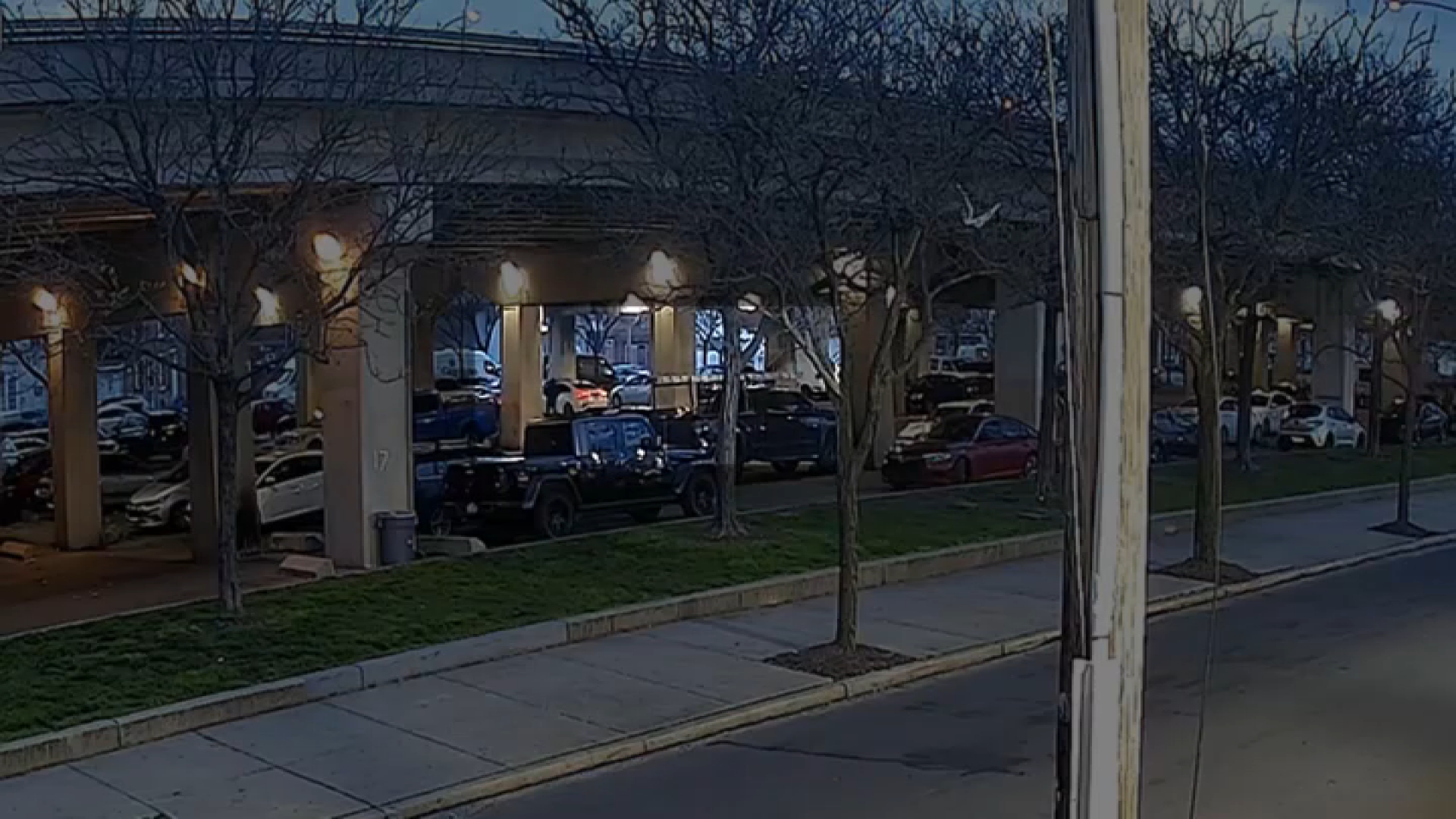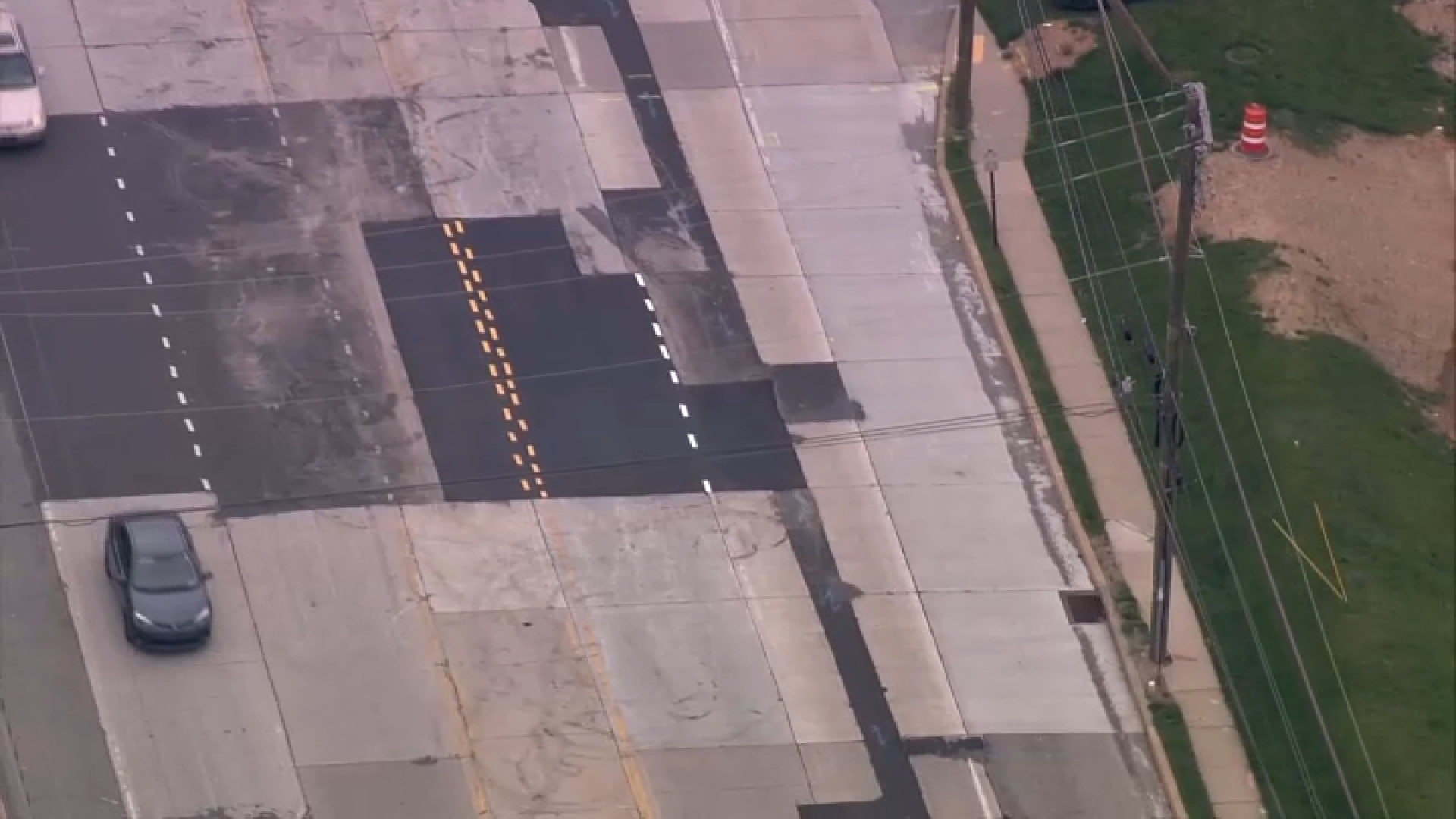Robust tax collections, new sources of cash and delayed pension and health care payments would help pour hundreds of millions of additional dollars into education and social services under the spending plan Pennsylvania Gov. Tom Corbett presented to lawmakers Tuesday.
For Corbett, a Republican facing a tough re-election battle after balancing his first two budgets with cuts to public schools and social services, it's a turnaround that will require some crafty, and perhaps risky, moves to accomplish.
In his speech, Corbett touted an economy he said is recovering from the recession and the benefits of the booming natural gas industry and a major new transportation funding law he signed in November. He called anew for the privatization of the state's wine and liquor system, an effort that has stalled in the Legislature, and emphasized his administration's efforts to improve public schools and health care.
"This commonwealth is the sixth-largest economy in the United States," Corbett said during his nearly 40-minute speech. "And we'll be running at full strength as long as we concentrate on three priorities: a great education for every child, a private sector where every business large and small can grow and hire, and a health care and human services system where everyone has choices and everyone is covered."
Overall, Corbett is proposing $29.4 billion in spending for the year that starts July 1, an increase of almost 3.7 percent over the current year's approved budget. The total increase would be more than $1 billion, although a portion would be shifted into the current budget.
Perhaps the most notable new spending he is proposing is a $340 million block grant program designed to ensure that children read and do math at grade level by the third grade, plus more money for child care subsidies, county child welfare services, special education and services for the elderly and mentally disabled.
It would be the biggest one-year spending increase under Corbett, who took office in 2011 facing a collision of a slumping post-recession economy, soaring pension obligations and the end of the federal government's bailout of state governments.
The state government for the first time is projected to break $30 billion in revenue for its main bank account that finances public schools and universities, social services, health care, pensions, debt and prisons. That increase is more than 4 percent over the $29.1 billion expected this year, the biggest such increase in revenue since the economy began recovering from the recession in 2009.
Corbett is not proposing to increase income or sales taxes, the biggest pillars of the state budget, but is proposing to cut business taxes for the fourth straight year.
To spread new money to education and social services without raising taxes, Corbett must deal with more than $1 billion in costs for public employee pensions and health care for the poor.
He will count on more than $300 million in new money from taxes on newly legal gambling in bars, a stepped-up government seizure of unclaimed investment and bank accounts and royalties from drilling on private lands that also extracts natural gas from beneath publicly owned lands.
Meanwhile, he will look to postpone nearly $600 million in Medicaid and pension payments until later years and divert $225 million in securities from a health care investment fund to cover more of the state's pension costs. Delaying the pension payments by reducing the allowable increase will also save school districts $130 million next year, administration officials say.
Local
Breaking news and the stories that matter to your neighborhood.
Complicating things are a drop in the federal matching rate in the current Medicaid program and new costs under the 2010 federal health care law, the Corbett administration said.
To help offset those, Corbett is counting on federal approval of changes he wants to make to the current Medicaid program to save $125 million in the first year and, later, more than $600 million annually.
Those changes include paring back benefits for able-bodied working age adults, getting more federal Medicaid dollars to cover tens of thousands of low-income adults who have a temporary disability and moving others off Medicaid and into the federally run health insurance marketplace created by the health care law.



